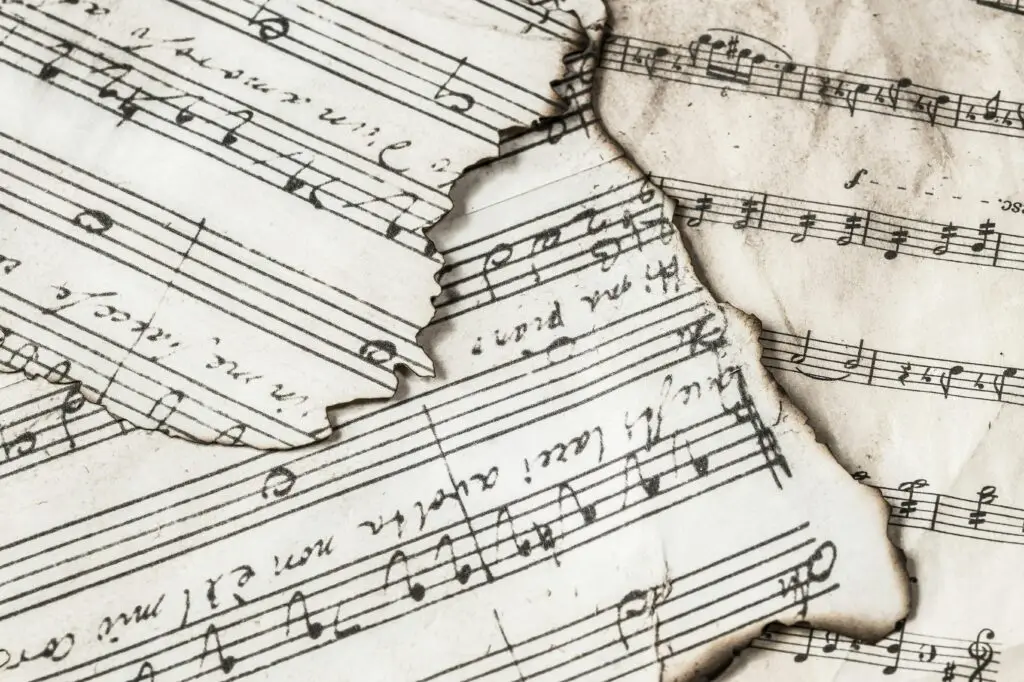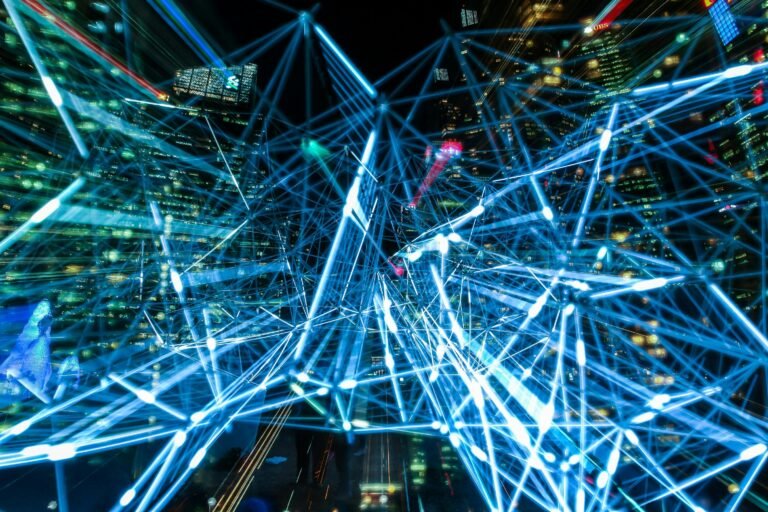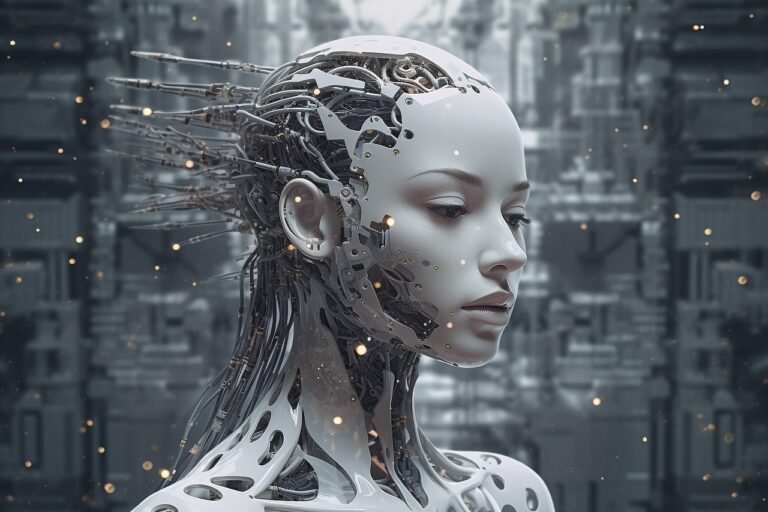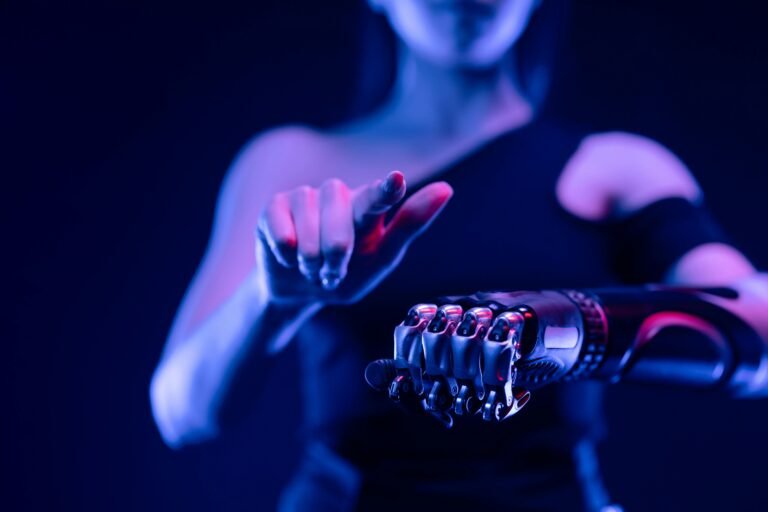
Similarities and Differences: Public Libraries and AI Music Sites in Copyright Use
Public libraries and AI music-making platforms share several fundamental parallels in how they utilize copyrighted material, while also exhibiting crucial differences that reflect their distinct purposes and legal frameworks.
Shared Foundation: Serving Public Purpose Through Copyright Exceptions
Both public libraries and AI music platforms operate under the premise that certain uses of copyrighted material serve broader societal goals. Public libraries rely on well-established copyright exceptions, including Section 108 of the U.S. Copyright Act, which permits libraries and archives to use copyrighted material in specific ways without permission from the copyright holder. Libraries also benefit from fair use protections under Section 107 and the first sale doctrine under Section 109, which allows them to lend lawfully acquired materials.
Similarly, AI music platforms argue that their use of copyrighted music for training purposes falls under fair use. Companies like Suno and Udio defend their practices by claiming that training AI models on copyrighted content constitutes “transformative use” that creates something fundamentally new rather than simply reproducing the original works.
The Reproduction Right Challenge
Both sectors grapple with the fundamental question of reproduction rights in the digital age. Libraries face restrictions when it comes to digital materials because the first sale doctrine, which traditionally allowed libraries to freely lend physical books, does not cleanly apply to electronic formats. When libraries create digital copies through practices like Controlled Digital Lending (CDL), they must justify this reproduction under fair use or other copyright exceptions.
AI music platforms confront similar reproduction challenges when they copy vast amounts of copyrighted music to train their models. The recording industry argues that this copying constitutes “prima facie infringement of the right to reproduce” such works9. Major labels have filed lawsuits claiming that companies like Suno and Udio engaged in “widespread infringement” by copying “decade’s worth of the world’s most popular sound recordings”.
Key Distinction: Educational vs. Commercial Purpose
The most significant difference lies in their fundamental purposes. Libraries operate as non-profit educational institutions with a mission to provide public access to information and cultural materials. Their activities are explicitly designed to “promote the progress of science and the useful arts,” which aligns with copyright law’s underlying objectives.
AI music platforms, however, are typically commercial enterprises seeking to profit from their services. The U.S. Copyright Office has noted that commercial uses are viewed less favorably in fair use analysis, and that uses designed to compete directly with original works face greater scrutiny. Recent court decisions have emphasized that when AI-generated outputs “directly compete with, cheapen, and ultimately drown out” human artists’ work, the fair use defense becomes more tenuous.
The Scale and Scope Problem
Both sectors deal with scale issues, but in different ways. Libraries traditionally maintain careful control over their collections, adhering to principles like the “owned-to-loaned” ratio in controlled digital lending, where they simultaneously lend no more copies than they legally own. This restraint reflects libraries’ commitment to balanced copyright compliance.
AI music platforms, conversely, have been accused of using copyrighted material on an “almost unimaginable scale”. Suno has admitted that its AI model was trained on “tens of millions of recordings” scraped from the internet, including content that potentially infringes copyright. This vast scope of copying raises questions about whether such uses can qualify as fair use under traditional legal frameworks.
Transparency and Rights Management
Libraries generally operate with transparency about their collections and lending practices. They maintain clear records of what they own and how materials are accessed, often providing attribution and following established protocols for interlibrary loans and reserves.
AI music platforms have been notably secretive about their training data. Both Suno and Udio have claimed their training datasets constitute “confidential business information,” leading to criticism from rights holders who argue this secrecy prevents proper rights enforcement. Major labels are now demanding “fingerprinting and attribution systems” similar to YouTube’s Content ID technology to track how copyrighted material is used.
Evolving Legal Landscape
Recent legal developments suggest different trajectories for these sectors. Libraries continue to benefit from established copyright exemptions, though they face new challenges with digital materials and licensing restrictions from publishers. The legal framework generally supports libraries’ educational mission while requiring them to adapt their practices to new technologies.
AI music platforms face increasing legal scrutiny. The U.S. Copyright Office’s May 2025 report concluded that certain AI training uses cannot be defended as fair use, particularly when models generate outputs that compete with original works. Recent court decisions have been mixed, with some judges finding AI training “spectacularly transformative” while others emphasize that commercial use of pirated content weighs against fair use protection.
Future Implications
The comparison reveals how traditional copyright exceptions designed for educational and cultural institutions may not easily extend to commercial AI applications. While both libraries and AI music platforms serve some public benefit—libraries through education and access, AI platforms through technological innovation—the law appears more receptive to library uses that align with established public interest objectives.
For libraries, the future likely involves continued negotiation between traditional lending rights and new digital realities, with potential legislative solutions to address e-book licensing challenges. For AI music platforms, the path forward may require explicit licensing agreements with rights holders rather than reliance on fair use defenses, as evidenced by ongoing negotiations between major labels and AI companies.
This fundamental tension between public service and commercial exploitation of copyrighted works ultimately distinguishes how these two sectors approach and justify their use of copyrighted media in the digital age.








